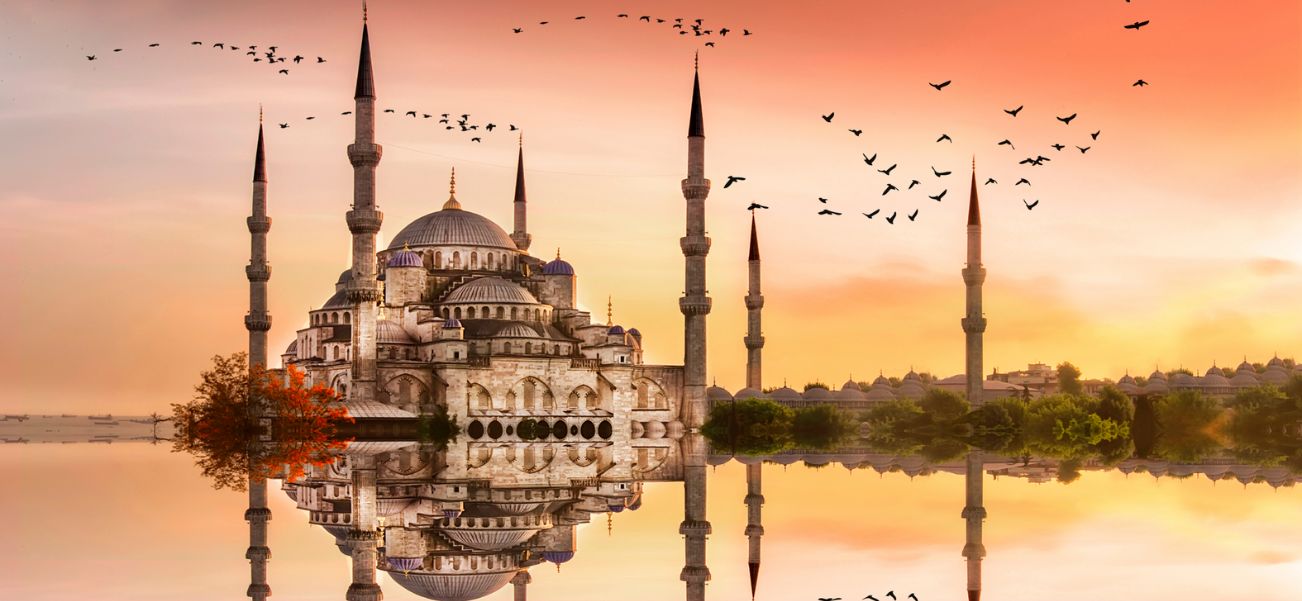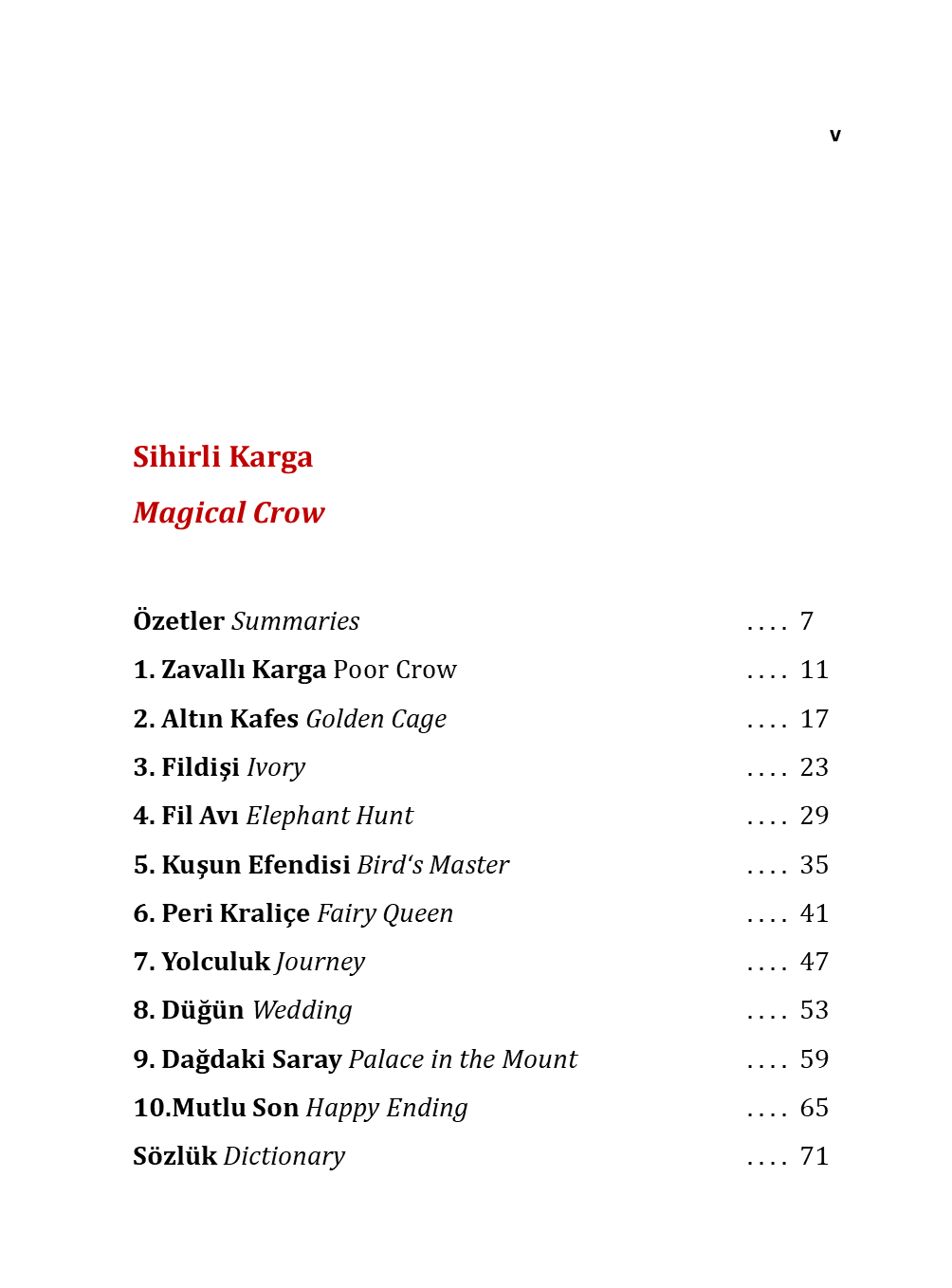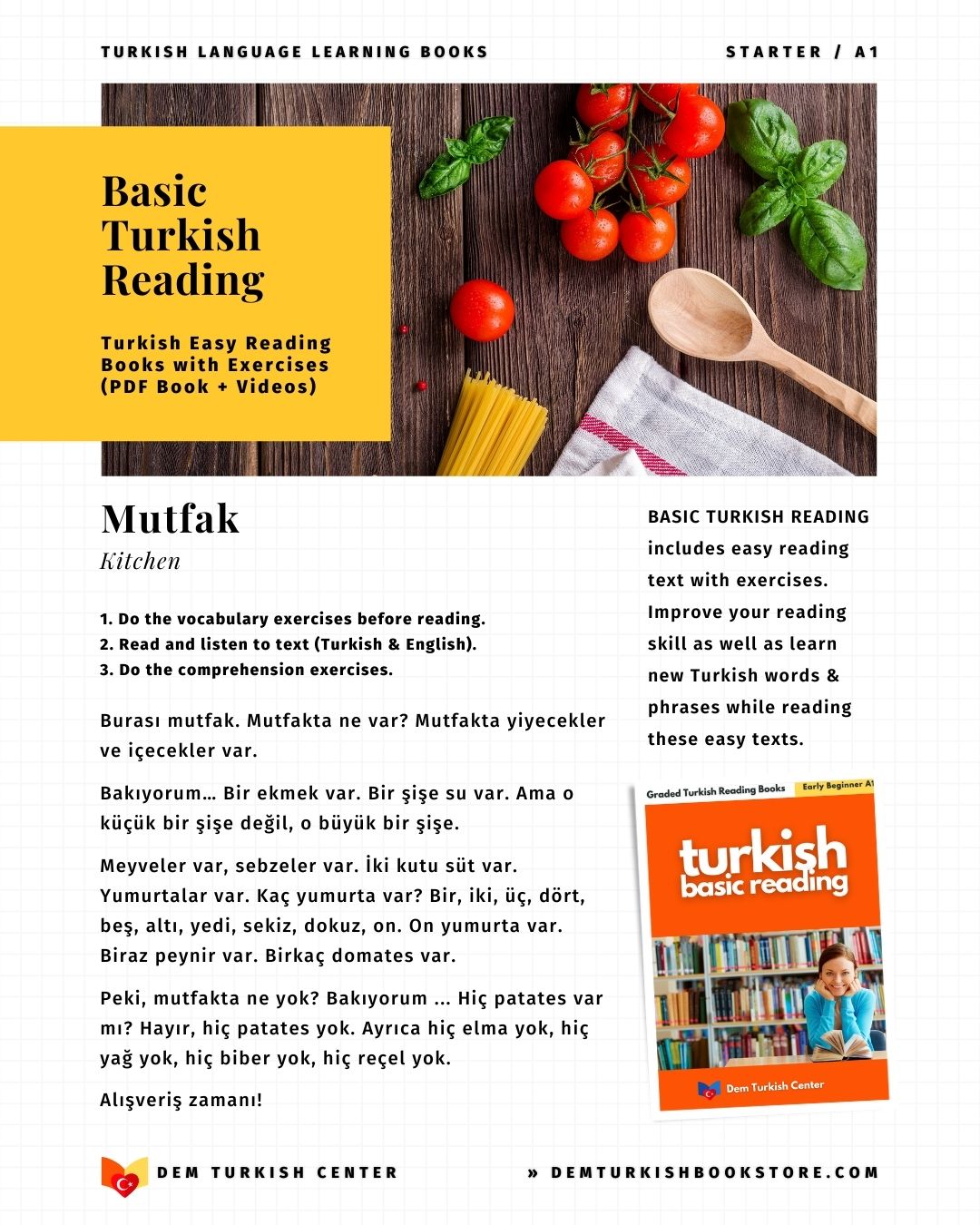
Sultanahmet Travel Guide: Top Things To See in Istanbul's Historic Heart
Welcome to the ultimate Sultanahmet travel guide! This iconic district, often called the "Old City," is the historical and cultural epicenter of Istanbul, Turkey. A visit here is a journey through millennia, where Byzantine and Ottoman empires left an indelible mark. This comprehensive guide will lead you through the must-see attractions, hidden gems, and essential tips for an unforgettable Istanbul experience.
Prepare to be awestruck by architectural marvels. No Sultanahmet itinerary is complete without visiting the majestic Hagia Sophia, a masterpiece that has served as a cathedral and mosque. Just opposite, the stunning Blue Mosque with its iconic Iznik tiles and six minarets dominates the skyline. A short walk away, descend into the ancient, mysterious Basilica Cistern. Step into the opulent world of sultans at the sprawling Topkapi Palace Museum, home to sacred relics and imperial treasures. Don’t miss the ancient Hippodrome and the revered Turkish and Islamic Arts Museum.
Beyond these legendary landmarks, our guide dives into the vibrant Sultanahmet Square atmosphere, offers advice on navigating the Grand Bazaar (a short tram ride away), and recommends the best local restaurants for authentic Turkish cuisine. We’ll also provide practical travel tips on Istanbul transportation, the ideal time to visit, and how to purchase museum passes to skip the ticket lines. Let this Sultanahmet travel guide be your key to unlocking the profound history, breathtaking sights, and vibrant culture of Istanbul’s most famous district.
Your adventure into the past starts here.
YOUR ULTIMATE SULTANAHMET TRAVEL GUIDE: EXPLORING ISTANBUL'S HISTORIC HEART
Istanbul Travel Guide: Discover the Soul of Two Continents
A-Z Sultanahmet Travel Guide
Arasta Bazaar

Step Beyond the Grand, Discover the Authentic.
Escape the crowds and discover the authentic charm of Arasta Bazaar in Sultanahmet, Istanbul. This historic, straight-line marketplace, once servicing the Ottoman elite, offers a serene and genuine shopping experience just steps from the Blue Mosque. Our Arasta Bazaar guide reveals the best traditional Turkish shops for quality Turkish carpets, handmade ceramics, intricate jewelry, and authentic souvenirs.
Unlike its grander counterpart, this hidden gem in Sultanahmet allows for relaxed browsing and meaningful conversations with local artisans. Perfect for finding a unique Istanbul souvenir, it's also home to the fascinating Great Palace Mosaic Museum. We provide essential shopping tips, what to buy, and how to bargain for your perfect keepsake.
Explore the best of Sultanahmet beyond the major monuments in this centuries-old, pedestrian-friendly Istanbul bazaar.
Basilica Cistern

Descend into Istanbul’s Subterranean Marvel.
Venture beneath the bustling streets of Sultanahmet to discover the awe-inspiring Basilica Cistern, Istanbul. This ancient underground water reservoir, built in the 6th century by Emperor Justinian, is one of the city's most captivating historical sites. Wander through its mystical atmosphere, supported by 336 majestic marble columns, and encounter the famous Medusa head sculptures at their base.
Our complete Basilica Cistern guide provides essential visitor tips, details its fascinating Byzantine history, and highlights the best photo spots in this iconic Istanbul attraction. Don't miss this must-see monument on your Sultanahmet travel itinerary—prepare to be amazed by the serene beauty and mystery lying below the Old City.
A true hidden gem and architectural wonder, the cistern offers a cool, unforgettable escape.
The Basilica Cistern: A Hidden Gem Beneath Istanbul's Bustling Streets
Blue Mosque

Where the Skyline Meets Devotion: Istanbul’s Iconic Masterpiece.
Marvel at the grandeur of the Blue Mosque, Sultanahmet, one of Istanbul’s most famous landmarks and a masterpiece of Ottoman architecture. Officially the Sultan Ahmed Mosque, its iconic six minarets and majestic domes dominate the Istanbul skyline. Step inside to discover its namesake: tens of thousands of exquisite hand-painted Iznik tiles in vibrant blues that adorn its vast interior.
This active mosque in Istanbul offers a profound spiritual and cultural experience. Our visitor guide covers essential tips, including dress code, visiting hours, and how to navigate entry lines respectfully. Learn about its history, its architectural harmony with the Hagia Sophia across Sultanahmet Square, and the best photo spots.
No Sultanahmet travel itinerary is complete without experiencing the serene beauty of this must-see monument.
The Blue Mosque: A Complete Guide to History, Architecture, and Visiting Tips
Fountain of Sultan Ahmed III

An Ode in Stone: Istanbul’s Imperial Welcome.
Discover the exquisite Fountain of Sultan Ahmed III, a magnificent Ottoman rococo treasure standing proudly at the entrance to Topkapi Palace in Sultanahmet, Istanbul. More than just a water source, this ornate Turkish fountain (sebil) is a stunning 18th-century monument that showcases the artistic zenith of the "Lale Devri (Tulip Period)".
Admire its intricate calligraphy, delicate floral Iznik tiles, and graceful wooden roof—a masterpiece of Islamic architecture. As a key historical site in the Old City, it offers a perfect, lesser-crowded photo spot and a moment of serene beauty. Our guide provides its fascinating history, explains its symbolic poetry inscriptions, and highlights why this architectural gem is a must-see landmark on any cultured walk through Sultanahmet Square.
Add this imperial Istanbul attraction to your exploration beyond the major mosques and museums.
German Fountain

A Berlin Gift in the Heart of Byzantium.
Discover the unique German Fountain (Alman Çeşmesi), a distinctive octagonal marble pavilion gracing the northern end of Sultanahmet Square's Hippodrome in Istanbul. This beautiful historical fountain was a gift from German Emperor Kaiser Wilhelm II to commemorate his 1898 visit to the Ottoman Empire and Sultan Abdulhamid II. A symbol of German-Ottoman friendship, it was constructed in Germany, shipped piece by piece, and assembled in its prestigious location in 1900.
Admire its neo-Byzantine and neo-Renaissance architecture, gold mosaics, and elegant columns. Our guide details its fascinating political history, explains the monograms inside its dome, and highlights why this architectural landmark is a captivating must-see photo spot. Easily included in any Sultanahmet walking tour, it offers a serene pause and a touch of European heritage amidst Istanbul's most famous Ancient Roman and Byzantine monuments.
A visit to the German Fountain offers a glimpse into Istanbul’s diverse heritage and international connections.
Grand Bazaar

Lose Yourself in the World's Most Enchanting Market.
Step into the vibrant, sprawling heart of Istanbul shopping at the legendary Grand Bazaar (Kapalıçarşı). While located in the Beyazıt district adjacent to Sultanahmet, this iconic covered market is an essential experience for every visitor. As one of the world's oldest and largest markets, its 61 streets house over 4,000 shops in Istanbul.
Prepare for a sensory journey through dazzling Turkish lamps, glittering gold jewelry, hand-woven carpets, rich leather goods, and authentic Turkish delight. Our ultimate Grand Bazaar guide provides expert shopping tips, key entrances, and crucial bargaining advice to help you navigate this historic bazaar like a pro. From finding the perfect Istanbul souvenir to soaking in the atmosphere of a must-see Istanbul attraction, the Grand Bazaar is more than a market—it's a living, breathing monument to Turkish culture and commerce.
Grand Bazaar Istanbul: A 550-Year-Old Shopping Mall & Cultural Heart Of Istanbul
Great Palace Mosaic Museum

Unearth the Grandeur Underfoot.
Discover a hidden treasure of the Byzantine Empire at the Great Palace Mosaic Museum in Sultanahmet, Istanbul. This unique archaeological museum, located within the Arasta Bazaar, houses one of the world's most significant and extensive collections of Roman and Early Byzantine mosaics. Unearthed from the grounds of the Great Palace of Constantinople, these intricate 5th and 6th-century artworks showcase stunningly detailed hunting scenes, mythological figures, and daily life, all crafted from millions of colorful limestone and glass tesserae.
A true hidden gem, this museum offers a quieter, awe-inspiring alternative to Istanbul's larger attractions. Our guide provides visitor information and explores the fascinating history of these magnificent floors that once adorned the palace of emperors. Add this must-see Sultanahmet museum to your itinerary for an unforgettable glimpse into the artistic heritage of ancient Istanbul.
A must-visit for history and art lovers, this museum provides a unique perspective on Istanbul’s rich cultural heritage.
Discover Top 15 Museums in Istanbul: A Journey Through Time
Gülhane Park

Istanbul's Imperial Garden of Tranquility.
Escape the bustle of the historic district and find serene respite in Gülhane Park, the oldest and most beloved public park in Istanbul. Once the private imperial garden of Topkapi Palace, this sprawling green oasis in Sultanahmet offers shaded pathways, picturesque fountains, and stunning views of the Bosphorus. A perfect retreat for families and travelers, it's home to the elegant Goths' Column, the historic İstanbul University Department of Science, and the acclaimed Museum of the History of Science and Technology in Islam.
Our guide highlights the best walking routes, seasonal attractions like the vibrant tulip festival, and charming outdoor tea gardens (çay bahçesi) where you can relax with a traditional brew. Easily added to any Sultanahmet walking tour, Gülhane Park is a must-visit for a peaceful break amidst natural beauty and deep Ottoman history in the heart of the Old City.
Whether you're a nature lover or a history enthusiast, this park is a true Istanbul gem.
Hagia Irene Museum

The Silent First: Where Byzantium Echoes.
Step into the serene, sacred space of the Hagia Irene Museum (Aya İrini), a monumental hidden gem within the First Court of Topkapi Palace in Sultanahmet. As the oldest Byzantine church in Istanbul, predating the famed Hagia Sophia, it stands as a stunning and often-overlooked relic of "Early Christian architecture". Unlike other major monuments, it was never converted into a mosque, preserving its original atrium and stark, powerful interior.
Renowned for its exceptional acoustics, it now serves as a concert hall for classical music events. Our guide delves into its profound history, from its origins as the Patriarchal church to its use as an Ottoman armory. Discover this unique Istanbul museum, a must-see for history enthusiasts seeking an authentic, crowd-free connection to Constantinople's ancient past on their Sultanahmet itinerary.
A visit to Hagia Irene is a journey through Istanbul’s rich religious and architectural heritage.
Hagia Sophia

Where Empires and Faith Converge.
Stand in awe before Hagia Sophia (Ayasofya), the crowning architectural wonder of Sultanahmet, Istanbul. This UNESCO World Heritage Site has defined the Istanbul skyline for 1,500 years, masterfully serving as a Byzantine cathedral, Ottoman mosque, and now a major museum and active mosque. Its monumental dome was an unparalleled engineering marvel of the 6th century, flooding the vast interior with ethereal light.
Inside, witness the breathtaking fusion of Christian mosaics and Islamic calligraphy—a powerful symbol of Istanbul’s layered history. Our essential visitor guide covers entry requirements, highlights must-see features like the Deesis Mosaic and mihrab, and offers tips to navigate this iconic must-see landmark. No Sultanahmet travel itinerary is complete without experiencing the profound grandeur of Hagia Sophia, a timeless monument where world history and divine inspiration meet.
A visit here offers an unforgettable experience of Istanbul’s complex and layered history.
Hagia Sophia: A Timeless Masterpiece in Istanbul
Hippodrome

Stand in the Arena of Ancient Empires.
Walk the historic grounds of the Hippodrome of Constantinople, the monumental social and sporting heart of ancient Byzantium in the heart of Sultanahmet, Istanbul. While the grand stadium structure is gone, this long, open square—now called Sultanahmet Square—is lined with incredible ancient Egyptian and Roman monuments. See the Serpent Column, the towering Obelisk of Theodosius, and the Walled Obelisk, each telling a story of imperial power.
Once the scene of thrilling chariot races and pivotal public events, this open-air museum is a must-see free attraction. Our guide brings its Byzantine history to life, explaining its significance and pointing you to the nearby German Fountain and Turkish and Islamic Arts Museum. Easily explored on any Sultanahmet walking tour, the Hippodrome is your direct connection to the grandeur of Roman and Ottoman Istanbul.
Istanbul Archaeological Museums

Journey Through Millennia in Three Museums.
Uncover the vast tapestry of civilizations at the Istanbul Archaeological Museums, a world-class complex nestled within the Topkapi Palace grounds in Sultanahmet. This essential museum in Istanbul comprises three distinct institutions: the Archaeological Museum, the Museum of the Ancient Orient, and the Tiled Kiosk Museum.
Explore an unparalleled collection of ancient artifacts, from the ornate Alexander Sarcophagus and majestic statues from antiquity to cuneiform tablets and stunning Iznik ceramics. A treasure trove for history lovers, it offers a chronological journey through Anatolian, Greek, Roman, and Ottoman history.
Our comprehensive guide provides visitor tips and highlights must-see exhibits in this often-underrated cultural attraction. Enrich your Sultanahmet itinerary by stepping into one of the world's oldest archaeological museums, where every artifact tells a story of empires that shaped Istanbul.
A visit to the Istanbul Archaeological Museums allows you to step back in time and experience the city’s rich cultural heritage.
Istanbul Archaeological Museums: A Portal to Ancient Civilizations
Little Hagia Sophia

The Graceful Prototype: Istanbul’s Hidden Architectural Jewel.
Discover the serene beauty of Little Hagia Sophia Mosque (Küçük Ayasofya Camii), a stunning 6th-century Byzantine church turned Ottoman mosque in the Küçük Ayasofya neighborhood near Sultanahmet, Istanbul. Built by Emperor Justinian before the grand Hagia Sophia, this UNESCO-listed monument served as its graceful architectural prototype, featuring a similar but more intimate central dome and elegant columns.
Its peaceful courtyard and striking interior with Islamic calligraphy offer a quieter, authentic experience away from the main tourist crowds. Our guide explores its fascinating history as the Church of Saints Sergius and Bacchus, its conversion, and its remarkable preservation. A true hidden gem and architectural masterpiece, Little Hagia Sophia is a must-visit for those seeking profound history and beauty on their Sultanahmet walking tour.
Museum of Turkish & Islamic Art

A Millennium of Culture Under One Historic Roof.
Immerse yourself in the rich artistic heritage of the Turkic and Islamic world at the Museum of Turkish and Islamic Arts (Türk ve İslam Eserleri Müzesi), housed in the magnificent 16th-century Ibrahim Pasha Palace on Sultanahmet Square. This premier Istanbul museum boasts one of the world's finest collections, spanning from the Umayyad to the Ottoman era. Marvel at exquisite hand-woven carpets, sacred Qur'an manuscripts, intricate metalwork, and stunning wooden artifacts.
A highlight is the breathtaking Ethnography section, offering a vivid glimpse into traditional Turkish nomadic life. Our guide provides essential visitor information and highlights must-see exhibits within this palace-turned-museum. Located opposite the Blue Mosque, this cultural treasure is an essential stop for any art and history enthusiast exploring the Sultanahmet district, offering a profound, curated journey through centuries of craftsmanship and devotion.
For history and art lovers, this museum is a captivating journey through time.
Obelisk of Theodosius

An Egyptian Pillar in a Byzantine Arena.
Marvel at the Obelisk of Theodosius, the ancient Egyptian granite obelisk standing proudly in the heart of Sultanahmet Square's Hippodrome in Istanbul. Originally carved in the 15th century BC for Pharaoh Thutmose III at the Temple of Karnak, this remarkable monument was transported to Constantinople by Emperor Theodosius I in the 4th century AD.
Admire its intricate hieroglyphics and the Roman marble pedestal depicting scenes of the emperor and his court at the chariot races. As the oldest monument in Istanbul and a central feature of the ancient Roman Hippodrome, it is a must-see historical landmark. Our guide details its incredible journey from Luxor, its symbolism, and why this enduring icon is a captivating free attraction on any Sultanahmet walking tour, connecting you directly to the pharaohs, emperors, and citizens of three great empires.
Spiral Column

The Serpent's Coil: An Ancient Trophy of the Hippodrome.
Gaze upon the enigmatic Spiral Column, also known as the Serpent Column (Yılanlı Sütun), a bronze monument standing in Sultanahmet Square's Hippodrome in Istanbul. Cast in 479 BC to commemorate the Greek victory at Plataea, this ancient Delphic Tripod was brought to Constantinople by Emperor Constantine the Great. Its original three intertwined serpent heads supported a golden bowl, though only the twisted bronze column remains today.
Once a sacred offering at Delphi, it became a central fixture of the Byzantine Hippodrome for centuries. Our guide explores its fascinating Greek history, its role as a victory monument, and its enduring presence as one of the oldest historical artifacts in the city. Don't miss this unique must-see landmark on your Sultanahmet walking tour—a tangible link to the ancient Greek, Roman, and Ottoman empires that all revered this site.
Stone of Million

The Ancient Zero Point of an Empire.
Discover the Milion Stone (Milyon Taşı), a humble yet monumental Byzantine relic tucked near the entrance to the Basilica Cistern in Sultanahmet, Istanbul. Erected in the 4th century by Emperor Constantine the Great, this surviving fragment of a once-grand tetrapylon arch served as the zero point for measuring all distances across the vast Byzantine Empire. Every road leading from Constantinople began here, making it the symbolic center of the ancient world.
Our guide illuminates its crucial historical role as the first milestone and explains why this often-overlooked archaeological site is a must-see for history enthusiasts. Easily visited on any Sultanahmet walking tour, the Milion Stone offers a profound, quiet moment to connect with the city's Roman and Byzantine past, standing just steps away from the Hagia Sophia and the heart of the Old City.
Today, it stands as a quiet piece of Istanbul's rich history.
Topkapı Palace Museum

Step into the Opulent Heart of the Ottoman Empire.
Enter the world of sultans at the Topkapı Palace Museum, the magnificent imperial residence and administrative nerve center of the Ottoman Empire for nearly 400 years. Located on the stunning Seraglio Point in Sultanahmet, Istanbul, this sprawling UNESCO World Heritage Site is a treasure trove of Islamic art, history, and architecture. Explore lavish courtyards, the opulent Imperial Harem, and the sacred Holy Relics Chamber.
Marvel at priceless collections of Ottoman treasures, including imperial robes, weapons, manuscripts, and jewelry. Our essential guide provides visitor tips, highlights must-see exhibits like the famous Topkapı Dagger and Spoonmaker's Diamond, and explains how to navigate this vast historical palace complex. A crown jewel of any Sultanahmet itinerary, Topkapı Palace offers an unforgettable journey into the power, artistry, and daily life of the Ottoman dynasty.
A visit to Topkapı Palace Museum immerses visitors in the grandeur and history of the Ottoman era.
Topkapi Palace: Istanbul's Iconic Museum
Walled Obelisk

The Hippodrome's Resilient Sentinel.
Discover the enduring Walled Obelisk (Örme Dikilitaş), a unique and oft-overlooked monument anchoring the southern end of Sultanahmet Square's Hippodrome in Istanbul. Unlike its ancient counterparts, this towering 32-meter structure was built in the 10th century during the reign of Byzantine Emperor Constantine VII. Originally clad in gilded bronze plaques that shimmered in the sun, its core of roughly cut stones now stands exposed, revealing its resilient history.
As a Constantinople landmark, it has witnessed over a millennium of chariot races, ceremonies, and the city's ever-changing skyline. Our guide delves into its Byzantine construction, its original purpose, and why this ancient Roman Hippodrome fixture remains a must-see historical monument. A key, free attraction on any Sultanahmet walking tour, the Walled Obelisk embodies the enduring and layered narrative of Istanbul itself.
Enjoy your trip to Istanbul!
ARE YOU LEARNING TURKISH?
Learn Turkish yourself with Dem Turkish Center!














